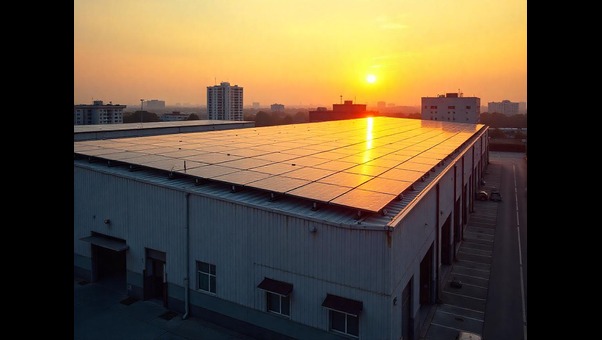Solar Energy Meets Packaging: A New Era of Sustainable Innovation
The worlds of solar energy and packaging may seem miles apart—but at their intersection lies one of the most exciting frontiers for sustainability and industrial innovation. As climate change, ESG targets, and circular economy models reshape global industries, businesses are seeking ways to integrate renewable energy and eco-friendly materials. The solar and packaging sectors, once distinct, are now collaborating in unexpected ways to create smarter, greener supply chains.
Solar Energy in Packaging Operations
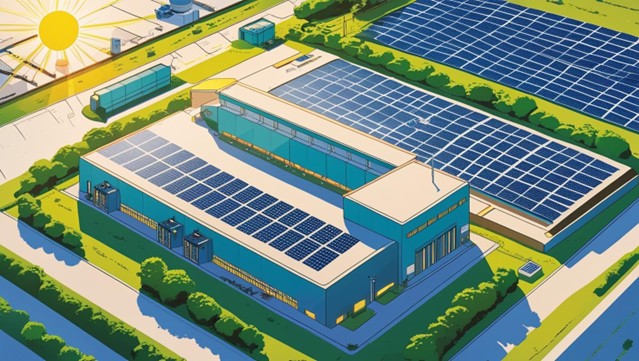
Powering Packaging Plants with Solar
Manufacturing packaging—whether it’s plastic, paper, metal, or glass—is energy-intensive. With fossil fuel prices rising and carbon regulations tightening, many packaging companies are turning to solar power to run their operations.
Real-world examples:
- Tetra Pak India installed solar rooftop panels across multiple plants, reducing their energy bills and carbon emissions.
- Amcor is actively working towards its 2025 sustainability goals by integrating renewable energy across its production sites globally.
Benefits for Packaging Manufacturers
- Reduced operating costs: Lower electricity bills with solar
- Carbon neutrality goals: Easier reporting for ESG
- Green branding: Better perception among eco-conscious customers and B2B
Solar Panel Packaging: A Rising Niche Segment
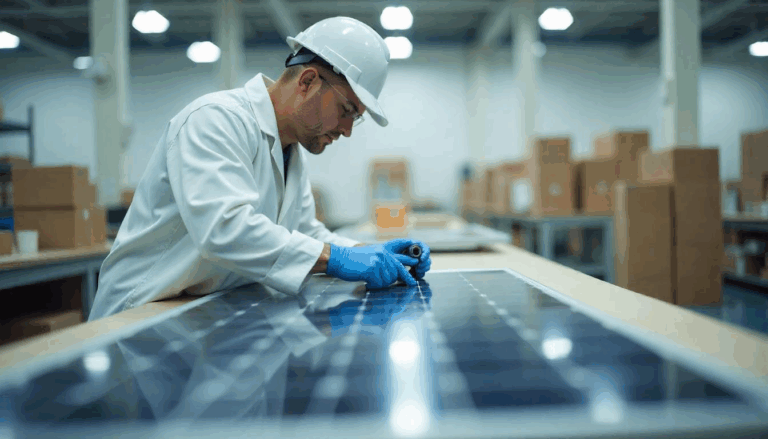
Solar Needs Specialized Packaging
Solar panels are fragile, heavy, and high-value. Their packaging must:
- Protect sensitive photovoltaic cells from
- Shield panels from dust, static, and moisture during
- Be recyclable or biodegradable, in line with green energy
Material Innovation in Solar Packaging
- Honeycomb cardboard and corrugated fiberboard are replacing
- Foam-in-place systems are used for high-precision
- Returnable packaging models are emerging, especially in B2B logistics of solar
Case Study:
India-based startup Skrap is working with solar installers to create reusable, modular packaging kits made from recycled paper pulp and jute liners.
Solar Films & Printed Electronics in Smart Packaging

The Rise of Solar-Powered Packaging
Imagine a food package that powers a freshness indicator, or a logistics box that tracks location using solar-powered RFID.
This is made possible with thin-film solar cells, integrated into flexible packaging.
- Organic photovoltaic (OPV) cells are printable, bendable, and light—making them perfect for packaging electronics.
- Used in pharma for temperature tracking, and in food for expiry
Example:
Swedish company Epishine has developed printed indoor solar cells that can power sensors inside packages, reducing reliance on button batteries.
Packaging Waste from the Solar Industry

The Dark Side: Waste from Solar Installations
Ironically, the solar industry itself generates packaging waste.
- Panels come wrapped in multi-layered plastic and wooden crates.
- Accessories (cables, junction boxes, inverters) are shipped in polystyrene, bubble wrap, and single-use plastic.
Solutions Emerging:
- Reverse logistics systems to collect and reuse
- Biodegradable foams made from mushrooms or starch replacing
- Industry alliances (like Solar Energy Industries Association – SEIA) setting packaging
Solar-Powered Packaging Machines
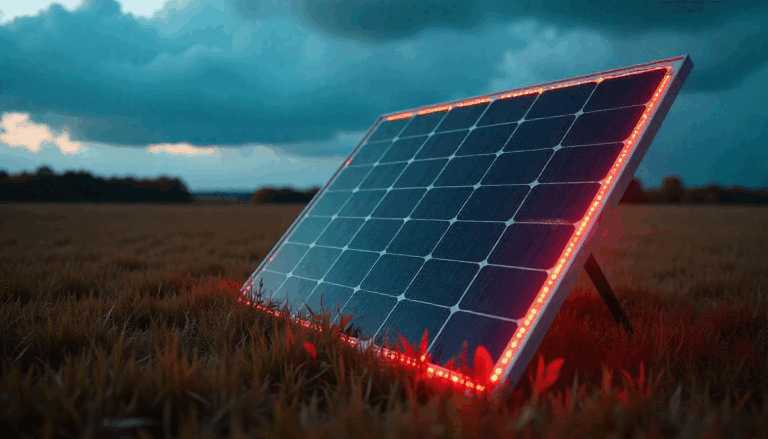
Off-Grid Machines for Rural Manufacturing
In rural or off-grid areas, solar-powered packaging machines are transforming micro-enterprises:
- Food processors now use solar sealing machines for vacuum
- Small-scale units make biodegradable plates and cups using solar hydraulic
Example:
In Uttar Pradesh, India, a women-led SHG (self-help group) uses solar dryers and packaging units for dried mango and jackfruit chips, selling under a local brand.
Investment & Startup Opportunities
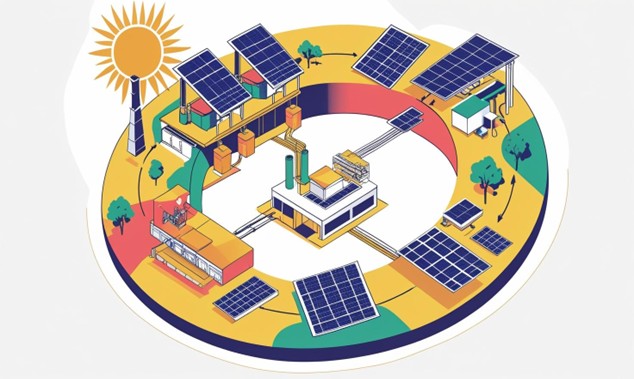
The convergence of solar and packaging is opening up new white spaces:
- Designing lightweight packaging for solar
- Startups creating solar-powered kiosks that dispense packaged
R&D in printable solar for smart packaging.
Investors are increasingly supporting businesses at this intersection as part of their impact investing portfolios.
Next Steps for Businesses:
- Audit your packaging energy sources—can solar be integrated?
- Explore biodegradable options if you’re in the solar supply
- Partner with solar startups or packaging innovation labs to co-develop.
Conclusion
The convergence of solar energy and sustainable packaging is not just environmentally smart—it’s commercially strategic. As ESG goals become mainstream, and customers demand greener practices, businesses that innovate at this intersection are positioning themselves for long-term success.
References:
https://sinovoltaics.com/solar-basics/basics-of-solar-panel-packaging/
https://www.mgetenergy.com/blogs/solar-power-systems-for-the-packaging-industry-a-sustainable-future/
